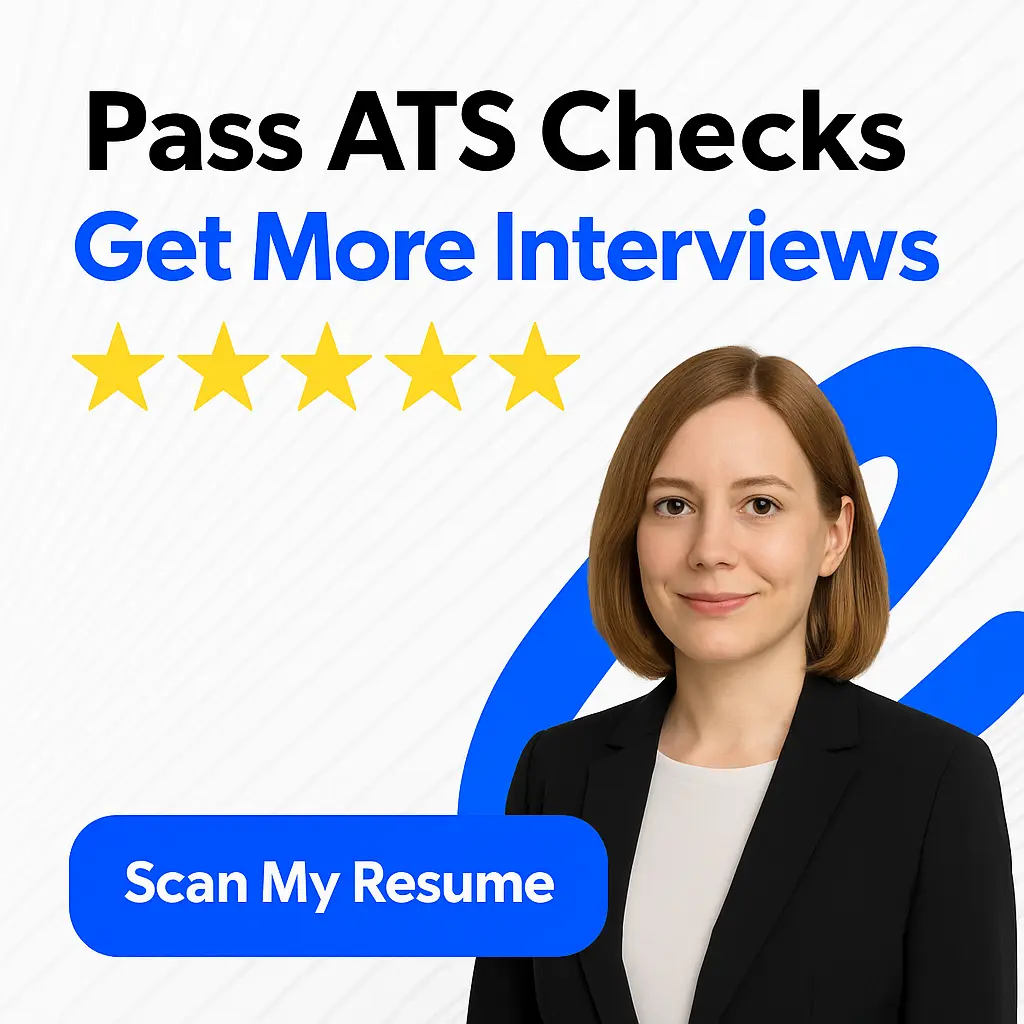In the early days of job searching, the one-page resume rule was created as a way to save time for hiring managers and recruiters. The idea was that a concise and well-organized one-page resume would provide all the necessary information for a hiring manager to make an informed decision.
But, as the job market evolved, so did the one-page rule. With more emphasis on experience, accomplishments, and skills, it became clear that a one-page resume may not be sufficient to showcase all of the relevant information.
The reality of modern day hiring practices
Today, the one-page rule is not as strict as it once was. In fact, many hiring managers and recruiters expect to see resumes that are two or even three pages in length. This is because employers want to see more detailed information about a candidate’s experience and abilities.
However, it’s important to note that the length of a resume should reflect the level of experience and the complexity of the role being applied for. A recent graduate with little work experience may still be able to showcase all relevant information on one page, while a seasoned professional with a long list of accomplishments may need more space to highlight their qualifications.
The length of a resume should be determined by the content that needs to be showcased. As you create your own resume, remember to focus on the most relevant and impressive accomplishments, and use your best judgment when deciding on the appropriate length.


Debunking the One-Page Resume Myth
Many job seekers often hear the advice that their resume should be no longer than one page. However, this is not always the case. Here’s the truth about one-page resumes:
A. Myth vs. Reality: Is a one-page resume really necessary?
It’s a common misconception that your resume needs to be one page in length. While it may be appropriate for entry-level or early career professionals, those with more experience may have a hard time fitting their accomplishments and skills onto one page.
Additionally, some industries or job roles may require more thorough descriptions of work experience or additional certifications, which may exceed one page.
B. When a longer resume is appropriate
In instances where a longer resume is appropriate, there are a few exceptions to the one-page rule. For instance, if you’re applying for an executive or managerial position, your resume may require additional space to list accomplishments and leadership experience.
Those who have pursued multiple advanced degrees or certifications may also find it difficult to fit their education onto one page.
C. Common misperceptions about long resumes
One of the most common misperceptions about long resumes is that they are unreadable, especially when it’s longer than two pages. The key is to ensure that your resume is easy to scan, visually appealing, and includes only relevant information. Additionally, it’s important to ensure that your most important achievements and qualifications are highlighted within the first page.
By breaking the one-page resume myth and creating a resume that appropriately represents your qualifications and accomplishments, you may be more likely to stand out to potential employers.
When a Long Resume is Justified
There are several situations where having a longer resume is justified and can actually be advantageous for your job search. These situations include:
A. Demonstrating extensive experience and accomplishments
If you have a long and diverse work history, it’s important to showcase all of your experience and accomplishments on your resume. This can help demonstrate your depth of experience and show employers that you have a wide range of skills and expertise that make you an attractive candidate for the job.
B. Applying for positions in academia or research
Academic and research positions often require a more extensive resume that outlines your education background, research experience, publications, and other academic qualifications. Having a longer and more detailed resume can be beneficial in these fields, as it allows you to highlight all of your relevant academic achievements and provide more information about your research experience.
C. Highlighting unique skills or qualifications
If you have unique skills or qualifications that make you stand out from other candidates, it’s important to highlight these on your resume. This may include language fluency, specialized training or certifications, or other relevant skills that are relevant to the position you’re applying for. Having a longer resume can help you showcase these unique qualifications and demonstrate why you’re the best fit for the job.
D. Targeting specific industries or positions
If you’re targeting a specific industry or position, it’s important to tailor your resume to that field or role. This may require including more detail about your relevant work experience, highlighting particular skills or qualifications, or providing more information about relevant projects or initiatives you’ve worked on. While this may result in a longer resume than a one-page format, it can be highly effective in demonstrating your suitability for the job.


While the trend towards shorter resumes is becoming more common, there are still situations where a longer resume is justified and can help you stand out in a competitive job market. By tailoring your resume to your specific situation and showcasing your unique qualifications and accomplishments, you can create a resume that effectively communicates your value and secures your next role.
Structuring a Long Resume
When creating a longer resume, it’s important to structure it in a way that is easy to read and highlights your key qualifications. Here are some tips for structuring a long resume:
A. Creating an Executive Summary to highlight key points
An executive summary is a brief statement of your most important qualifications, skills, and experience. It should be the first thing the reader sees on your resume and should highlight your unique selling points. Keep the summary short and to the point, ideally two to three sentences.
B. Grouping similar experiences or qualifications into sections
When creating a longer resume, it’s important to group similar experiences or qualifications into sections. This will make it easier for the reader to scan your resume and quickly identify your relevant skills and experience. For example, you might have a section for your work experience, education, skills, and certifications.
C. Prioritizing information to keep the reader’s attention
When structuring a long resume, it’s important to prioritize the information to keep the reader engaged. Start with your most relevant experience and skills first, and then work your way down. Use bullet points and bold formatting to draw attention to your key points.
D. Incorporating metrics and quantifiable results
To make your experience and qualifications stand out, incorporate metrics and quantifiable results wherever possible. This will help the reader visualize your accomplishments and understand your impact in your previous roles. Be specific and use numbers whenever possible.
Incorporating these tips will ensure that your longer resume is structured in a way that is easy to read and highlights your key qualifications.
Writing for a Long Resume
When it comes to a longer resume, it is important to ensure that the content is not just longer but is also effective. Here are some tips to help you write a long resume effectively:
A. Using active language to demonstrate leadership and accomplishment
Your resume must showcase your leadership skills and achievements effectively. Therefore, instead of using passive language, use active language to demonstrate your accomplishments. For instance, avoid writing “Responsible for leading a team” and write “Led a team” instead. Also, remember to quantify as many achievements as possible.
B. Avoiding repetition and redundant information
Longer resumes can also be repetitive, but that is something you should avoid at all costs. Make sure that each section of your resume is unique and that you are not repeating information from one section to another. Focus on highlighting different aspects of your experience and skill set in each section.
C. Focusing on results, not just responsibilities
While it is important to list your responsibilities, it is equally important to focus on the results you achieved during your tenure in each role. Use numbers and metrics to demonstrate the impact you had. This can demonstrate your ability to drive results and make you stand out from other candidates.
D. Tailoring the content to match job descriptions
Customizing your resume for each job you apply for is crucial. Read the job description carefully and tailor the content in your resume to match the requirements of the job. Highlight your relevant experience and skills that match the job description.
To effectively write a longer resume, you should focus on using active language, avoiding repetition and redundant information, highlighting results, and tailoring your resume for each job description. By doing this, you can make your longer resume work for you instead of against you.
Designing a Long Resume
When it comes to crafting a lengthy resume that outlines your accomplishments and expertise in detail, one of the biggest challenges is ensuring that it’s easy to read and visually appealing. That’s where design comes in.
A. Creating an Aesthetically Pleasing Layout for Readability
To make sure your long resume is easy to read, it’s important to create an aesthetically pleasing layout that’s easy on the eyes. Start by formatting your text in a clear and consistent way. Use headings and subheadings to break up longer sections of text, and consider using bullet points to highlight key achievements and skills.
Also, pay attention to your font choice and size. Use a classic, easy-to-read font like Times New Roman or Arial and make sure the font is large enough to be read comfortably.
B. Using Design Elements to Highlight Key Points
In addition to using basic formatting techniques to make your resume more readable, you can also incorporate design elements to help highlight key points. For example, you can use color to draw attention to certain sections or use bold or italicized text to emphasize particular achievements.
Another technique is to use a consistent color scheme throughout your resume to tie everything together and create a cohesive look.
C. Incorporating Graphics and Visuals to Illustrate Achievements
Another great design technique for a long resume is to incorporate graphics and visuals to help illustrate your achievements. This can include graphs, charts, and other visual aids that help bring your accomplishments to life.
Be sure to choose graphics that are relevant and easy to read, and place them strategically throughout your resume to help break up blocks of text.
D. Best Practices for Formatting and Spacing
Finally, when it comes to formatting and spacing your long resume, it’s important to follow best practices that will make it easy to read and navigate. This includes using ample white space between sections, being consistent with your font choice and size, and using appropriate margins.
You can also consider breaking up longer sections of text with subheadings, creating columns, or adding a table of contents to help readers quickly find the information they need.
By following these design principles and best practices, you can ensure that your long resume is not only comprehensive and informative, but also visually appealing and easy to read.
Common Mistakes to Avoid
When it comes to creating a resume, there are several common mistakes that job seekers often make. Here are a few to avoid:
A. Overloading the resume with irrelevant information
One of the biggest resume mistakes is including too much irrelevant information. While you may want to include everything you’ve ever done, it’s important to be selective and include only relevant experience, skills, and accomplishments. This not only makes your resume more concise but also makes it easier for recruiters to identify your strengths and match them with the job requirements.
B. Including personal information beyond what’s needed
It’s important to strike a balance between sharing enough information to pique a potential employer’s interest and respecting your own privacy. Including personal information that is not pertinent to the job can actually work against you. Generally, a hiring manager only needs to know your name, email address, phone number, and city/state of residence. Other personal information, like your marital status or age, should be left out.
C. Failing to adequately tailor the resume to specific job applications
Another common mistake is submitting the same generic resume for every job application. It’s crucial to tailor your resume to each job you apply for, highlighting relevant skills and experience. Taking the time to customize your resume shows the employer that you are serious about the position and have done your research.
D. Ignoring basic proofreading and grammar checks
Finally, you should never overlook basic proofreading and grammar checks. Even the smallest errors can detract from the professionalism of your resume. Be sure to read over your resume multiple times and use online tools to help catch any mistakes.
By avoiding these common mistakes, you’ll increase your chances of getting your foot in the door and landing the job you want.
Sample Long Resumes
When it comes to resume length, conventional wisdom states that it should be no longer than one page. However, with the job market becoming increasingly competitive, job seekers are looking for ways to stand out from the crowd. This has led to the popular question, “Can my resume be longer than a page?” The answer is yes, and this complete guide will provide examples of successful long resumes across industries, analysis of each resume’s strengths and weaknesses, and tips for adapting key elements to suit individual needs.
A. Examples of successful long resumes across industries
Long resumes might seem overwhelming, but they have the potential to make a significant impact on hiring managers. Here are some examples of successful long resumes across industries:
-
Marketing Executive: A marketing executive’s long resume typically includes a comprehensive summary of their career, highlighting key achievements in marketing and sales. This type of resume would also include a list of skills, recommendations, and a section on education and relevant courses.
-
Engineering Manager: An engineering manager’s long resume would typically showcase their technical skills, management ability, and strategic thinking. It should also highlight academic qualifications and certifications that are relevant to the field.
-
IT Professional: An IT professional’s long resume would typically include a summary that highlights their technical skills and achievements in software and hardware development. It would also include a comprehensive list of certifications and education.
These are just a few of the types of successful long resumes across industries. However, each industry and job role has its own nuances, strengths, and required elements that need to be considered when creating a long resume.
B. Analysis of each resume’s strengths and weaknesses
When creating a long resume, it is essential to know what elements to include, how to organize them, and what to highlight. Analyzing successful long resumes across industries can help job seekers identify key strengths and weaknesses that can be adapted to their specific needs. Some of the strengths of long resumes include:
- The ability to showcase comprehensive work history and achievements
- More opportunities to demonstrate expertise and skills
- The ability to include additional sections that can highlight personal characteristics such as leadership, community involvement, or publications
However, there can also be some weaknesses to long resumes, such as:
- The risk of including irrelevant or outdated information
- Making it difficult to skim and identify key qualifications
- The possibility of overwhelming the reader with too much information
Therefore, it is crucial to balance the length and content of the resume to ensure it is clear and relevant to the job.
C. Tips for adapting key elements to suit individual needs
Finally, here are some tips for adapting the key elements of successful long resumes to specific needs:
- Start by identifying the essential parts of the resume and use them to frame the content.
- Use bullet points to highlight key accomplishments, skills, and achievements.
- Organize the resume by themes, such as industry experience, leadership, or education.
Related Articles
- Media Director: Job Description and Responsibilities in 2023
- Expert Tips for Crafting a Strong Videographer Resume
- PMO Analyst: Understanding the Role and Responsibilities
- The Business Resume Guide: 10+ Samples & Examples for 2023
- No Experience Medical Assistant Resume: Pro Tips in 2023









